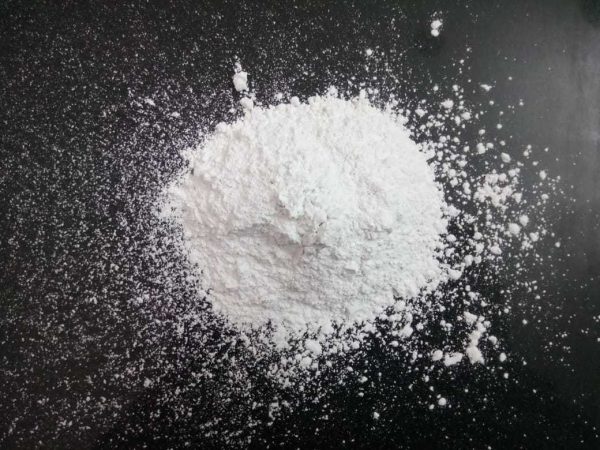With the continuous advancement of science and technology, the research on porous calcium carbonate has developed rapidly in the past ten years. The main reason is that it has many advantages such as large specific surface area, stable properties, and controllable structure. Drug sustained release, superhydrophobic surface construction, ceramics, bone repair, etc. have been widely used.

As we all know, the morphology, performance and use of porous calcium carbonate are closely related to its preparation method and process. When used as a template for the preparation of porous materials, all the characteristics of porous calcium carbonate are very satisfactory, such as “high quality and low price, controllable shape, green and non-toxic, easy to digest”, etc., as if it is only suitable for a “template”.
1. Two common preparation methods of porous calcium carbonate
1.1 template method
Among many preparation processes, the template method is a commonly used and relatively mature one. The main principle is: the selected template agent is coated with a layer of calcium carbonate on its surface by a certain method to form a core-shell structure, and then the template agent is removed by solvent dissolution, high-temperature calcination or chemical reaction, and finally Obtain hollow structure particles. The template method is mainly divided into soft template method and hard template method, and the soft template method is mainly used in the preparation process of porous calcium carbonate. The preparation of porous calcium carbonate by the template method is similar to the principle of preparing porous materials with porous calcium carbonate as a template. It is indeed interesting that porous calcium carbonate “comes from the template and goes to the template”.
1.2 Solvent/hydrothermal method
The hydrothermal method began to be studied in the middle of the 19th century. At first, water was used as a solvent to react under high temperature and high pressure, so as to realize precipitation, crystallization, synthesis and other operations. It is one of the commonly used methods for the preparation of nanomaterials. On the basis of the hydrothermal method, a large number of scientific researches have found that the preparation of water-sensitive materials can be realized by using organic solvents instead of water, which is often called solvothermal method. Its appearance effectively solves the agglomeration phenomenon in the process of preparing nanomaterials by other methods.
2. Application and Research of Porous Calcium Carbonate Template
2.1 Preparation of capacitor carbon materials
The template method is a simple and efficient common method for preparing porous carbon materials. As a kind of insoluble salt, CaCO3 can quickly react and dissolve in dilute hydrochloric acid solution. Green, efficient and low-cost preparation.
2.2 Preparation of composite molecular sieves
Using porous calcium carbonate as a template, there are three main steps to prepare molecular sieves by hydrothermal synthesis: first, mix titanium source, silicon source, and template to form a mixed glue; second, generate a supersaturated solution by heating or drying; finally , crystallize the mixed glue solution at high temperature under hydrothermal conditions.
The study found that the action of CaCO3 can not only construct macropores, but also change the coordination form of titanium species. Due to the reduced diffusion resistance and the suppression of the formation of anatase TiO2, the macroporous/microporous composite TS-1 exhibited excellent catalytic activity in catalyzing the hydroxylation of phenol.
2.3 Preparation of microcapsules
Porous calcium carbonate is used as a hard template, and polymer adsorbents made using this template are called microcapsules. The size and shape of microcapsules are determined by the template, and the composition and permeability of the capsule wall can be regulated by the assembly materials, number of layers and external conditions, so it has broad application prospects in the fields of drug delivery, microsensors and microreactors.
There are many methods to prepare porous materials. The samples prepared by the template method have regular morphology, stable structure, good dispersion and high specific surface area, which have attracted the attention of scholars. Moreover, the inorganic template has excellent physical stability, and can also better control the morphology and structure of the product. In addition, many inorganic templates are secondary synthesis, and the desired morphology can be formulated according to the needs, so it has high flexibility.
